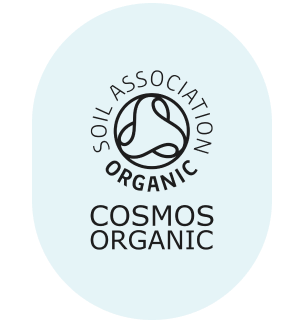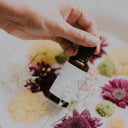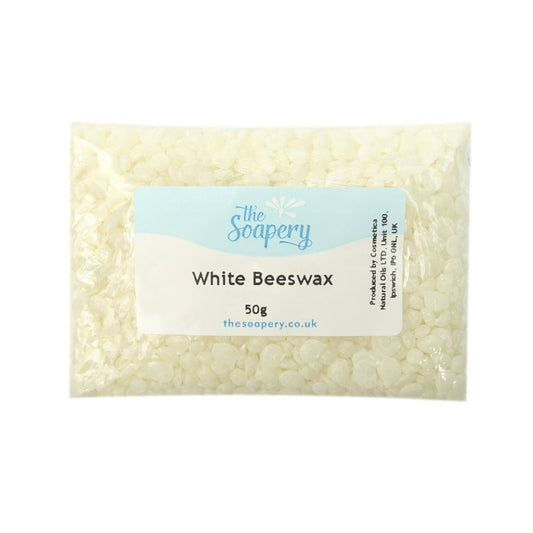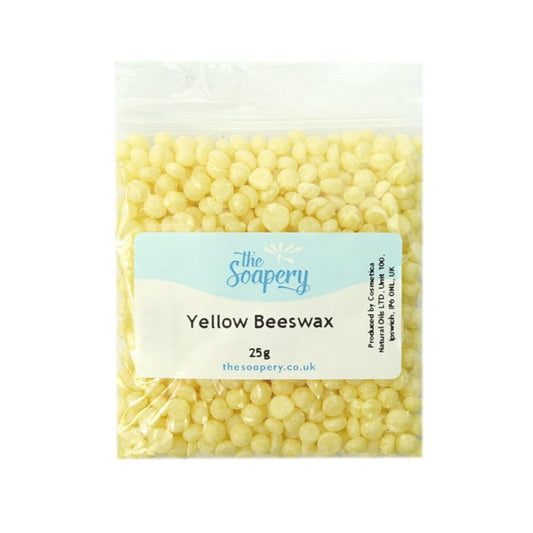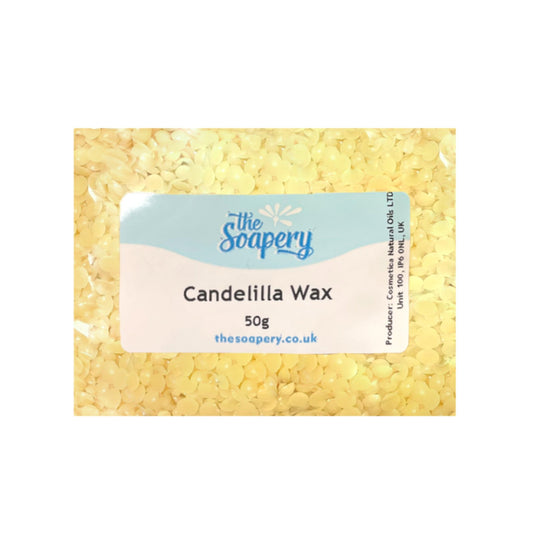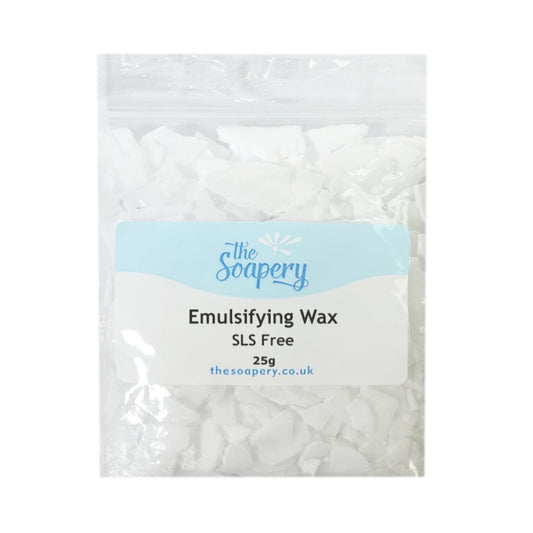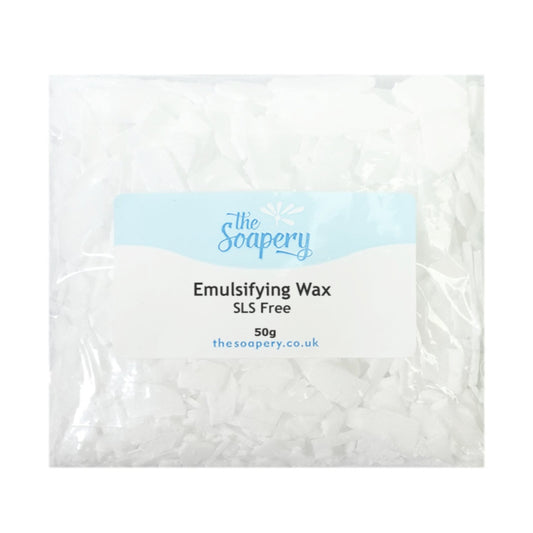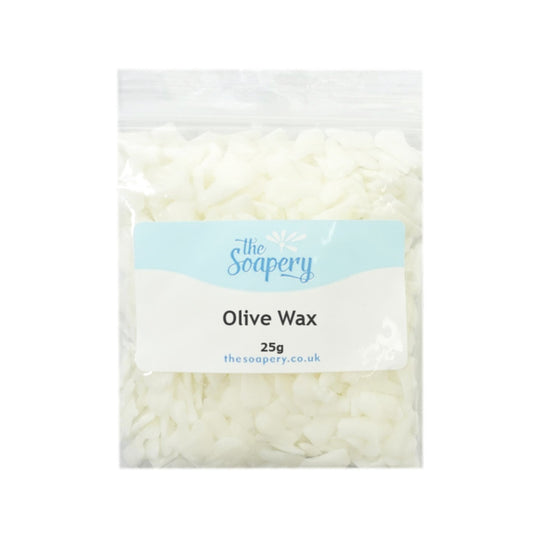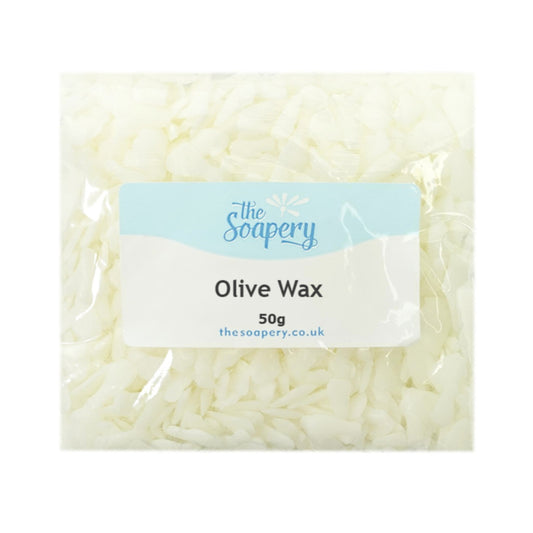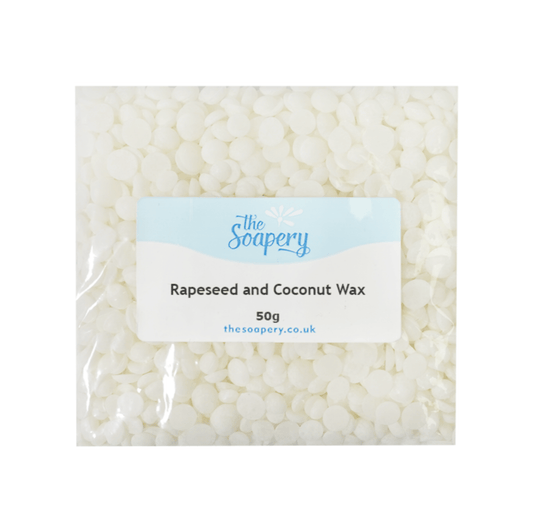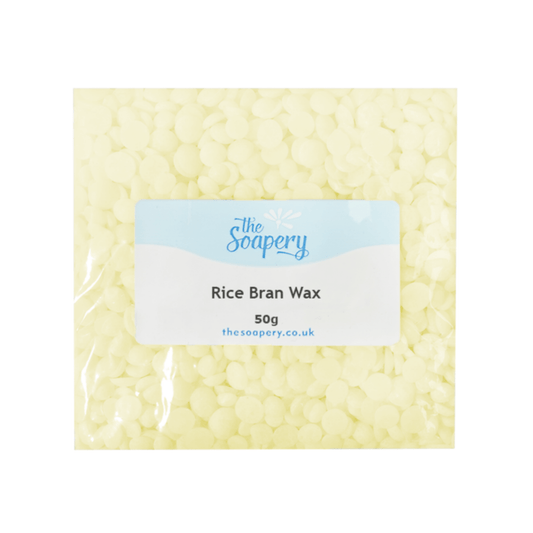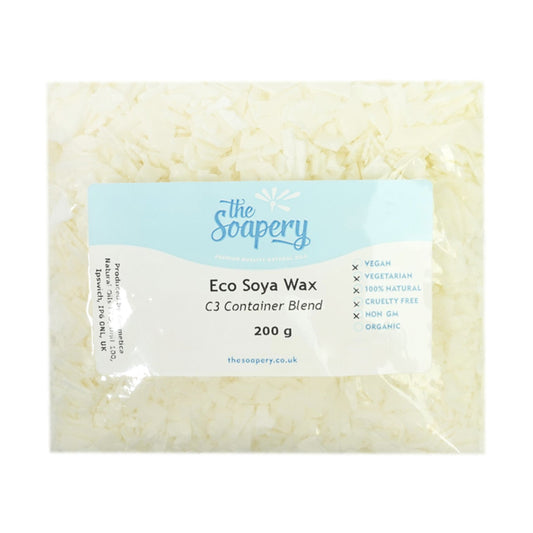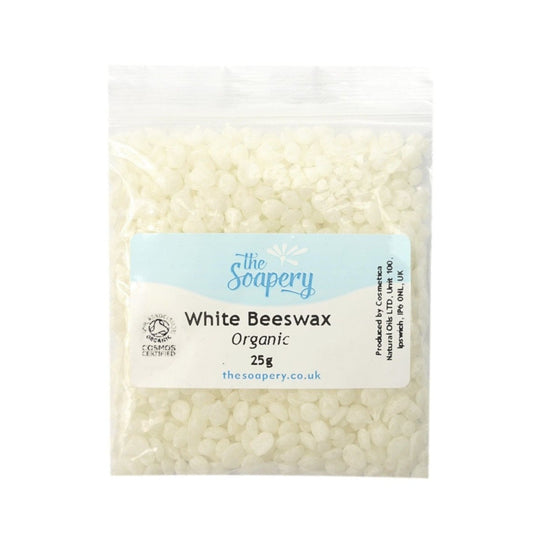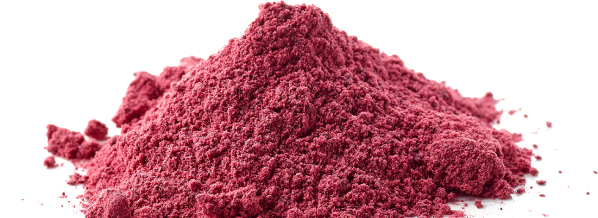
-
Beeswax - White
-
Beeswax - Yellow
-
Candelilla Wax
-
Emulsifying Wax
-
Emulsifying Wax SLS Free
-
Rapeseed and Coconut Wax
-
Soy Wax - Container Blend C3
-
White Beeswax - Organic
-
Yellow Beeswax - Organic
Why choose The Soapery?
-
Free Mainland UK Shipping
Get your ingredients quickly at no extra cost.
-
Same Day Dispatch*
Order before 3pm to have your package sent then and there.
-
Low Pricing
No glossy marketing or false promises mean big savings.
-
Ethical Suppliers
No qualms here. Our ingredients are ethically and sustainably sourced.
About Cosmetic and Candle Waxes
Get crafty with candles, cosmetics, and wax melts. Our wax collection really is the bees-knees! Whether you’re creating a container candle or getting stuck in with hair waxes, lip balm, moisturisers, and more, we’ve got just the thing for you. Shop our candle wax, beeswax, and eco-soy wax online today.
Learn More About Cosmetic and Candle Waxes
The ultimate candle making cornerstone. An undiscovered skincare secret. Waxes are a maker’s holy grail.
Found in making stations across the world, this age-old ingredient provides versatility unlike any other, playing an important role in everything from candlesticks to wax melts.
Hand-selected by our team of making experts for their quality, our cosmetics and candle waxes are a perfect choice for any handmade recipe.
What are Cosmetic and Candle Waxes?
Get making candle waxes - a perfect union of hydrocarbons and fatty esters. These resin-like ingredients are used to give cosmetics and candles the structure and stability they need - alongside a bonus glossy finish!
From natural soy wax for candles to vegetable waxes like olive wax for cosmetics, there’s a whole host of waxes out there. Some of the most popular amongst our making community include beeswax (ideal for thick, creamy recipes), carnauba wax (a hard, glossy wax perfect for adding structure and shine), and soy wax (an eco-friendly candle base).
Feeling inspired? All of the above waxes and more are available in our e-commerce store, ready to use. Why not go shopping, or browse our blog for some candle and cosmetics making recipes? We can’t wait to see your creations.
How to Use Cosmetic and Candle Waxes
Ready to put your wax haul to good use? We’re here to help!
On the whole, this useful ingredient is used to improve the texture, solidity, viscosity, finish, and stability of cosmetic products - or as a base for candles and wax melts.
Our waxes are natural and a great alternative to paraffin wax. Our natural wax collection can be used to make wax melts, moisturisers, container candles, vegetable wax candles, lip balms, soap, votive candles and pillar candles
With each type of wax best suited for different applications, your options are endless. For example, soy wax tends to make a brilliant vegan candle, and beeswax’s humectant properties make it a great addition to skin-softening lip balm. Why not get exploring and read our individual product descriptions for best-use tips?
When used for candle making, wax needs to be slowly softened, with fragrances, pigments, and decorative pieces added before pouring and setting. But, whether your recipe requires you to melt down your wax and mix in your additives or sprinkle it in as shavings, please take your desired final look into account - natural and whitened wax can make all the difference when it comes to colourants!
The Benefits of Cosmetic and Candle Waxes
Our waxes make candles and cosmetics making a breeze.
For candlemakers, switching to an all-natural base can take creations of all kinds to the next level - producing long-lasting, environmentally friendly end results with the recipient’s health in mind.
For example, our most common candle making wax, soy, is a natural, vegan alternative to traditional candle bases. Offering a low melting point sure to extend its lifetime, a clean burn reducing the risk of soot build-up on surfaces, a biodegradable composition, and a great alternative to paraffin wax, soy proves that natural waxes are the way to go!
When it comes to cosmetics, waxes bring a plethora of benefits to the table. From beeswax’s ability to lock moisture into skin and hair to emulsifying wax’s formula-transforming powers, there’s plenty to enjoy.
Our Favourite Skincare Recipes
We Value Each of Our Customers
Accreditations/Awards
We’re committed to offering a vast range of all-natural, organic products certified by The Soil Association, and we take pride in doing our part for the world around us.
Like most ingredients, the oils, butters, powders, and decorations in your handmade products are farmed or extracted from the natural world. Those certified as organic by the Soil Association were grown, produced, and harvested in line with strict regulations designed to protect and sustain the environment, including soils, ecosystems, animals, and people.
